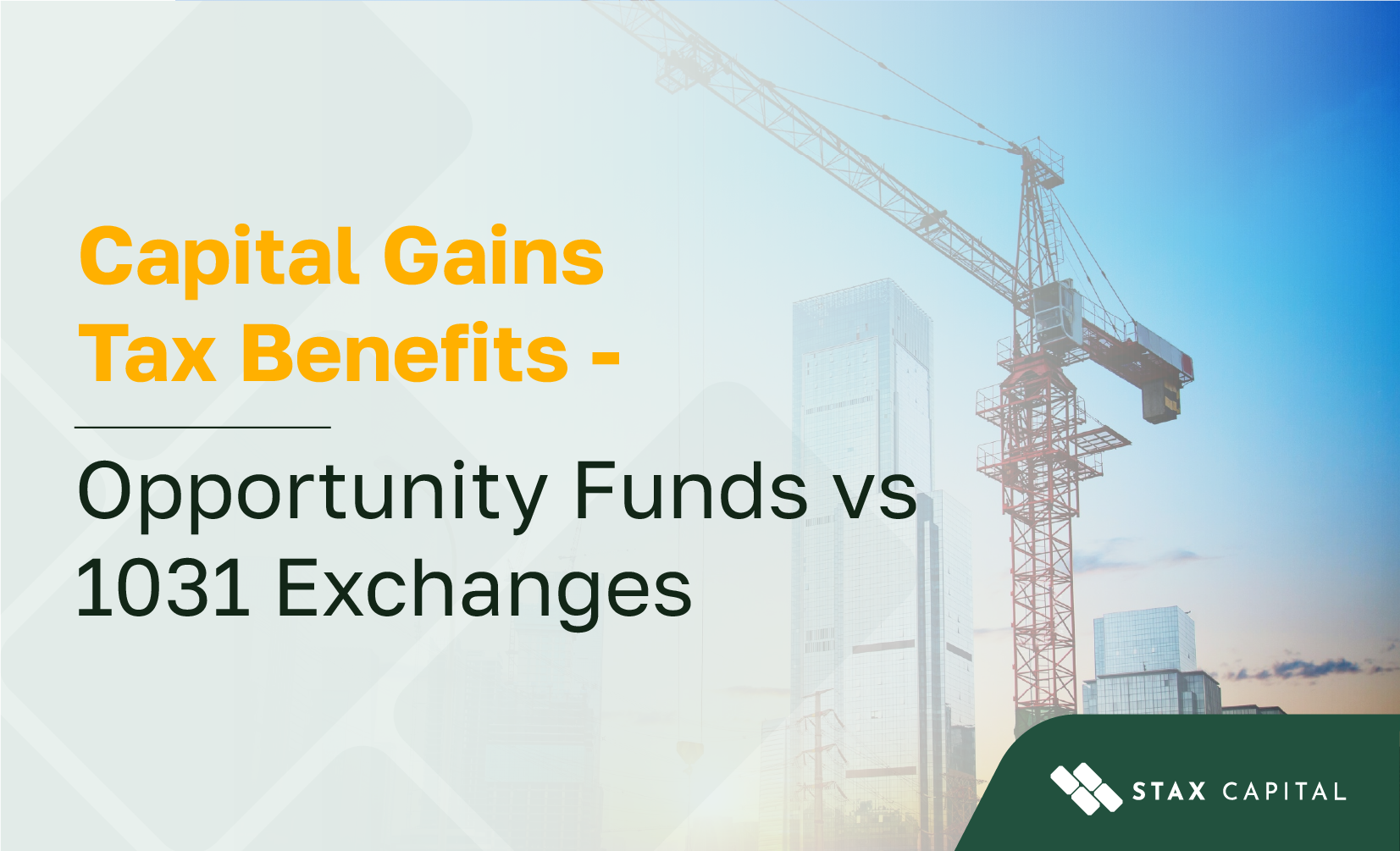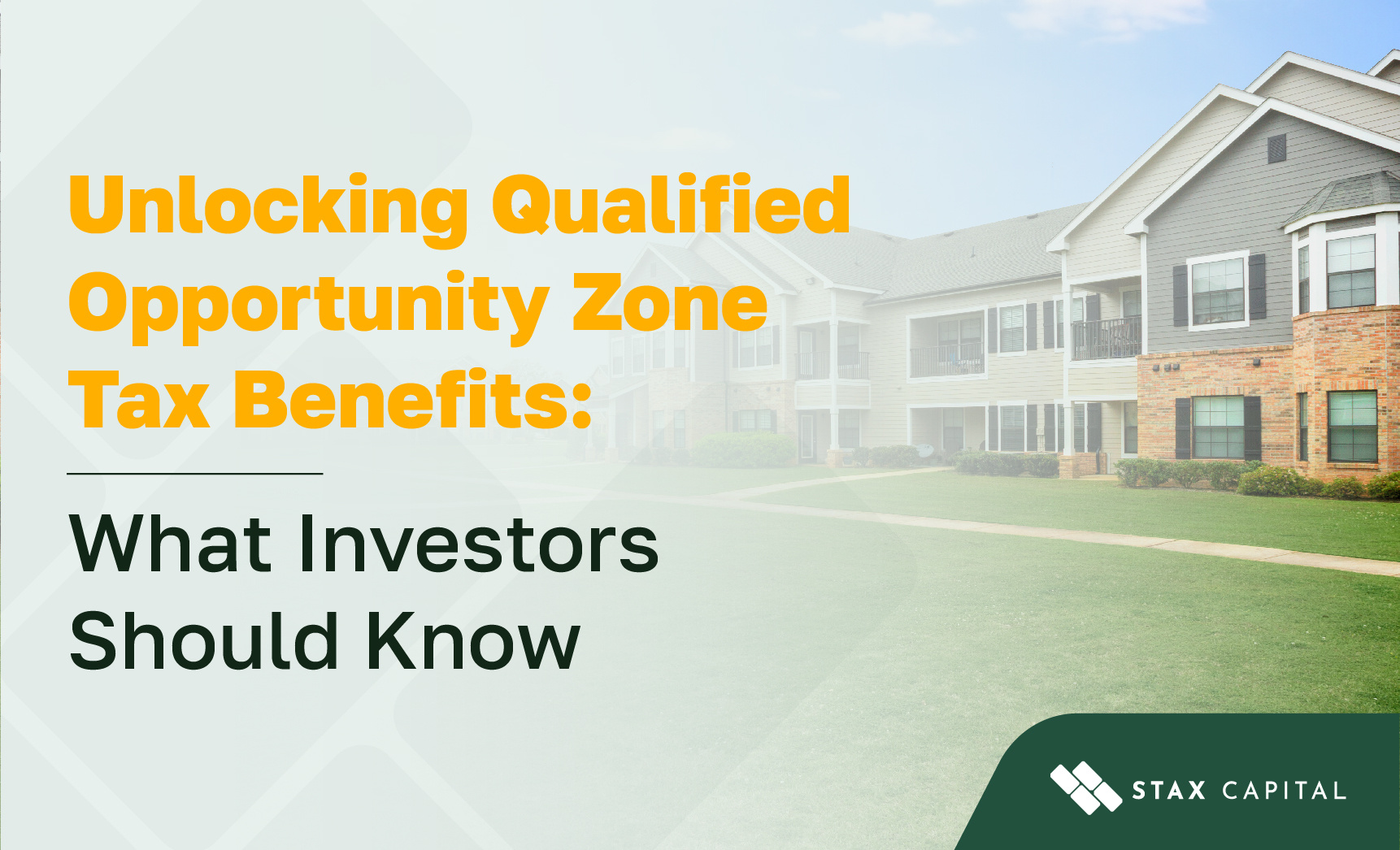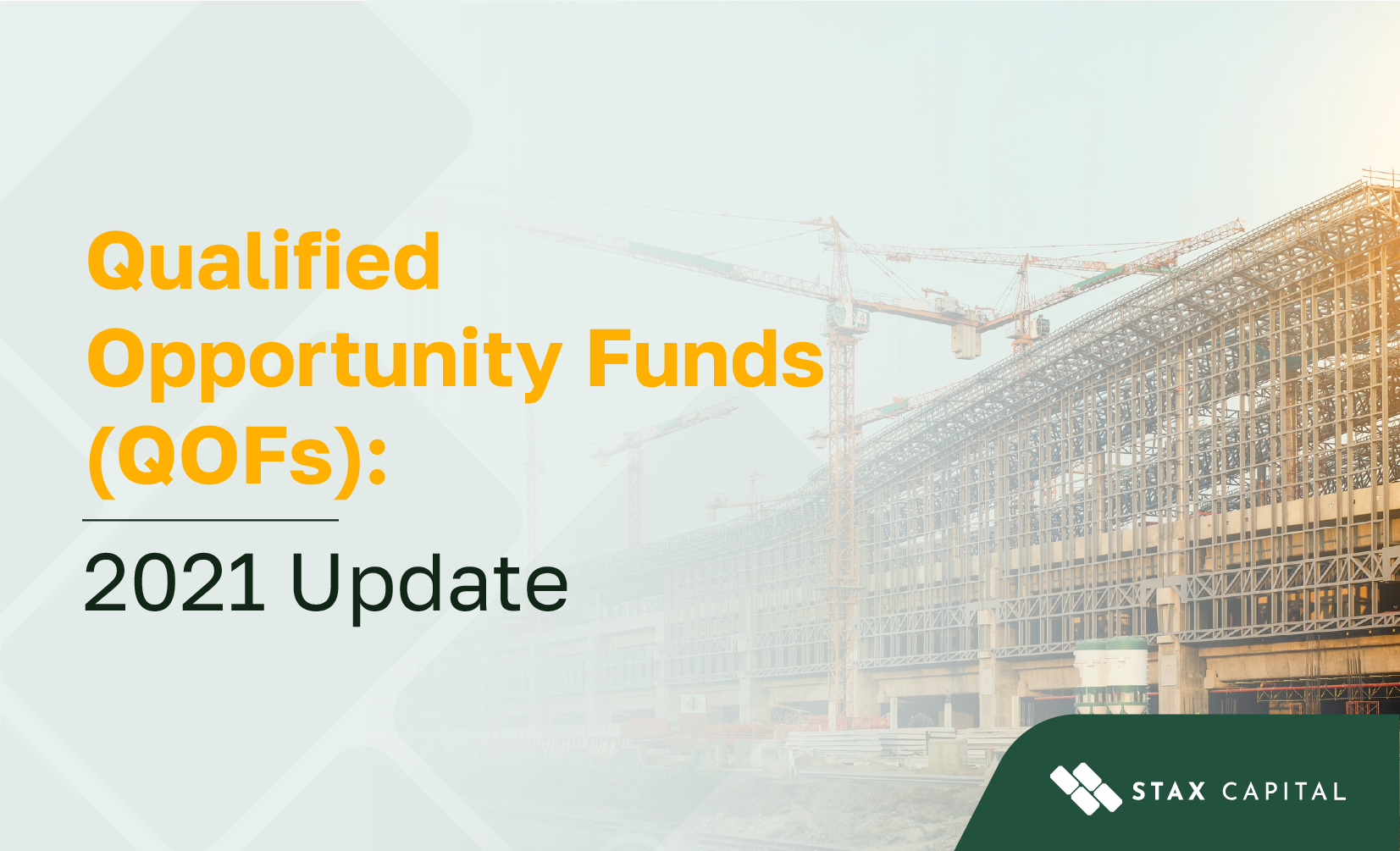How to Defer and Eliminate Capital Gains Through QOZ Investments

Are taxes eating into your investment profits? What if you could delay or even avoid paying those taxes entirely? Qualified Opportunity Zones (QOZs) make this possible, giving investors a chance to defer and potentially eliminate capital gains taxes. However, these benefits come with specific IRS requirements and investment risks that should be carefully evaluated.
This article explains how QOZ investments work and the risks to consider before committing.
Understanding Capital Gains Tax
Capital gains tax is the tax you pay on the profit from selling an asset like property, stocks, or bonds. Simply put, when you sell something for more than you paid for, the government wants a cut of that gain.
The rate of tax depends on how long you’ve held the asset and your income level. If you hold it for over a year, you might pay a lower long-term capital gains tax. But don’t worry; strategies like Qualified Opportunity Zones (QOZs) can help minimize this tax burden. However, these strategies involve compliance with specific IRS guidelines and carry associated risks.
Defer capital gains taxes with QOZ investments
Qualified Opportunity Zone (QOZ) investments offer a unique way to defer capital gains taxes. If you’ve sold an asset like a business, real estate, or other appreciated investments, you can roll the gains into a QOZ Fund. This allows you to delay paying taxes on those gains until 2026.
The key is timing—investors must invest the capital within 180 days of the sale, ensuring that the gains are redirected into eligible projects in QOZs. This deferred tax strategy allows you to postpone tax liability. However, investors should be prepared to pay taxes on the deferred gains in 2026 unless further guidance is provided.
Note: Investors must ensure timely reinvestment into QOFs and maintain compliance with all IRS guidelines to fully realize potential tax benefits.
Timeline for Deferral
The clock starts ticking as soon as you close on the sale of your asset. You have a limited window of 180 days to invest your gains into a QOZ Fund. If the sale involves stocks, REITs, or personal assets, your 180-day countdown begins when you recognize the gain, not when the sale closes.
The 180-day deadline can also vary if the gains come from partnerships or other structures. But the underlying principle is the same: You must invest quickly to defer your taxes. Planning ahead is critical to ensure you meet this deadline and maximize your tax benefits.
Impact on Current Tax Year and Future Tax Liabilities
While you can defer the capital gains tax on your investment until 2026, the deferral doesn’t lower your tax rate. The deferred gains retain their original tax classification—whether short-term or long-term. For instance, if you had a short-term gain, you’ll pay short-term tax rates when the tax becomes due.
The main advantage is the ability to delay your tax liability, giving you more time to reinvest and potentially grow your wealth. However, in 2026, your deferred tax will become due. The timing of this will impact your future financial strategy, and you should plan accordingly to avoid a surprise tax bill.
Eliminate capital gains taxes with QOZ investments
One of the most attractive features of the Qualified Opportunity Zone (QOZ) program is the ability to eliminate capital gains taxes on your investment's appreciation. But there's a key requirement: holding your investment in a Qualified Opportunity Fund (QOF) for at least 10 years. By doing so, you not only defer taxes on the capital gains generated during the holding period but also avoid paying taxes on the appreciation that accumulates over the 10 years.
Other investment programs may allow for tax deferral, but QOZ investments go a step further. The reward for holding onto your investment for 10 years is the ability to exit the investment without paying federal capital gains taxes on any appreciation realized during that time. This is an exceptional opportunity to grow your wealth without the typical tax burden, provided all IRS requirements are met.
What's even better is that this benefit is available even beyond December 31, 2026, when the current QOZ program expiration date occurs. If you invest before then, you can hold your investment tax-free until June 2047—provided the QOF remains operational. This extended window gives you a long time to maximize your returns.
If your QOF investments appreciate in value, the complete exclusion from capital gains taxes on the post-investment appreciation could lead to substantial savings.
Holding Period Requirements: 5, 7, and 10 Years
The longer you hold your QOF investment, the greater the tax benefits. At the 5-year mark, you begin to benefit from a reduction in the capital gains tax due. By year 7, this reduction increases, allowing for more significant tax savings. But it's the 10-year holding period that offers the greatest reward: a complete exclusion from any federal taxes on the appreciation of your investment. This is a major advantage, especially for long-term investors looking to build substantial wealth over time.
Here’s a breakdown of how the tax benefits increase as you hold your QOF investment:
- 5-Year Holding Period: After 5 years, you'll receive a 10% exclusion on the capital gains tax owed.
- 7-Year Holding Period: After 7 years, the exclusion increases to 15%.
- 10-Year Holding Period: Once you reach the 10-year mark, all appreciation on the QOF investment is excluded from federal capital gains taxes. This is a massive incentive for long-term investors.
By sticking to these timelines, you can significantly reduce your overall tax liability, subject to IRS compliance. This makes QOZ investments an attractive option for investors looking to maximize returns and minimize taxes over the long term.
Potential Risks of Investing in QOZs
Illiquidity – Limited Exit Options
Qualified Opportunity Zone (QOZ) investments are illiquid. There’s no active secondary market where you can sell your stake. This means your money is tied up for years, potentially until the fund’s planned exit. Investors must be prepared for long holding periods, as early exits are often not possible or come with significant restrictions. If you need quick access to cash, these investments might not be ideal.
High Fees
QOZ investments often come with substantial fees, including management and administrative costs. Sometimes, these fees can eat into your profits, offsetting the tax benefits. Always evaluate the fee structure carefully and compare it with potential benefits and risks to ensure alignment with your financial goals.
Speculative Nature
QOZ investments are often speculative. They target underdeveloped or economically distressed areas, which might not always deliver the expected returns. Investing in these zones requires a higher tolerance for risk.
Fractionalized Ownership
Most QOZ investments are structured as securities, meaning you own a fraction of a property or project rather than the entire asset. This structure limits direct control, emphasizing the importance of vetting the fund’s management team and strategy.
Unguaranteed Property
Real estate projects in QOZs don’t come with guarantees. Factors like market conditions, demand, and project management can all impact returns. It’s possible that the property won’t perform as expected or that it could lose value. Therefore, investors should evaluate each project’s viability with the help of experienced advisors.
Ready to Defer and Eliminate Capital Gains?
Qualified Opportunity Zone investments may provide significant tax benefits, but they also come with risks and require adherence to IRS regulations. Consult with financial, tax, and legal advisors to determine if these investments align with your goals.
If you’re ready to explore how QOZs can work for you, reach out today. Let’s ensure your strategy aligns with your financial goals.



Share: